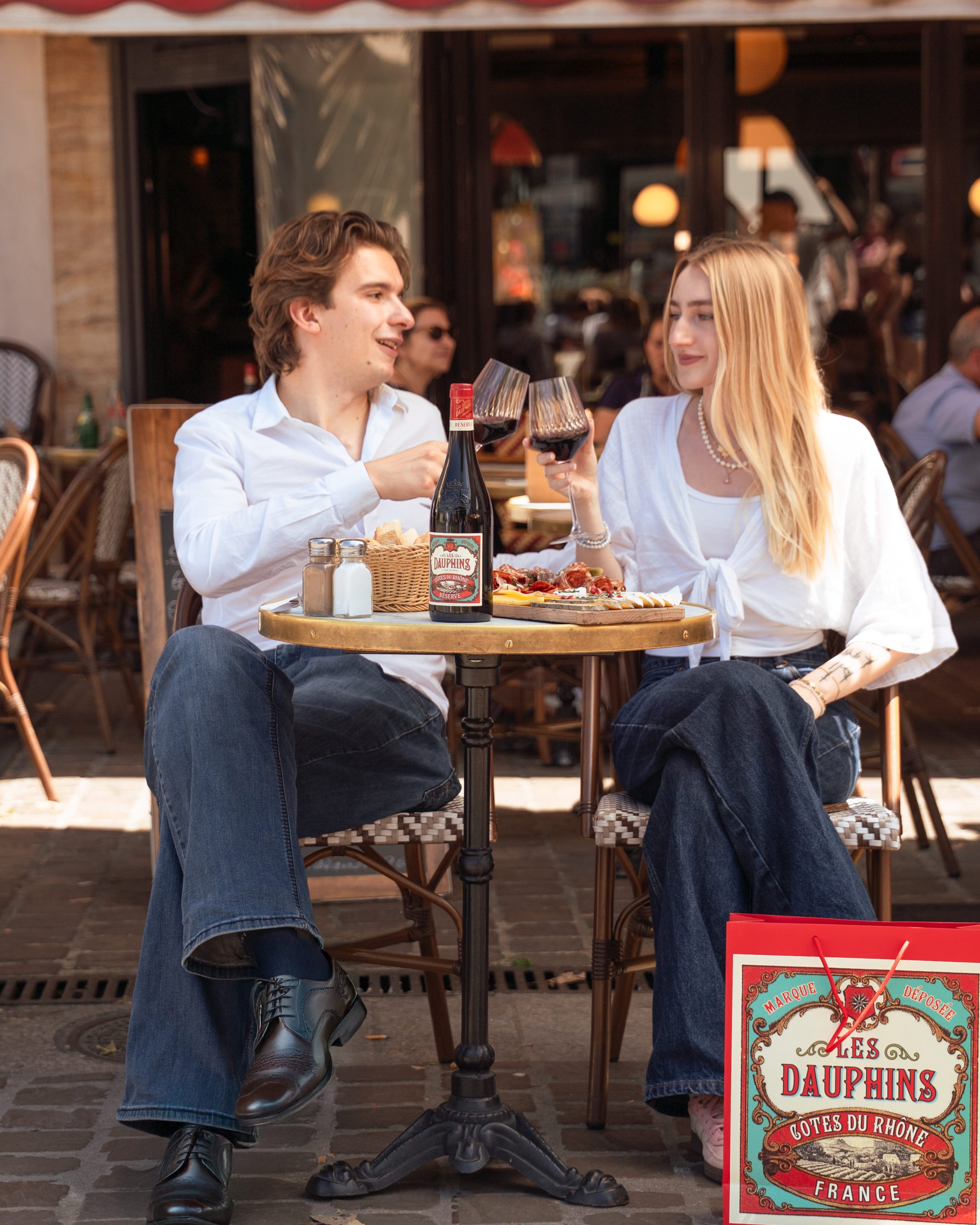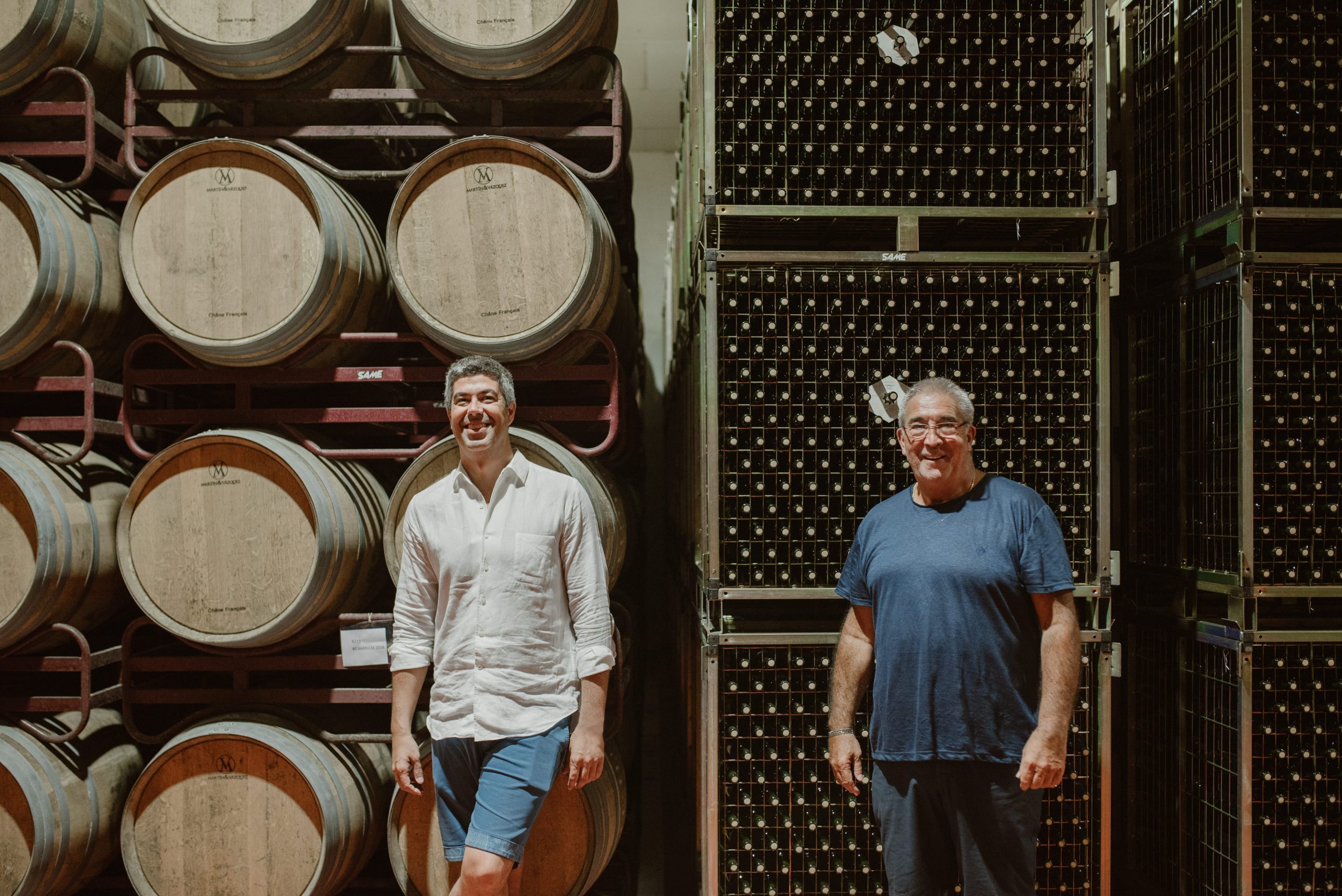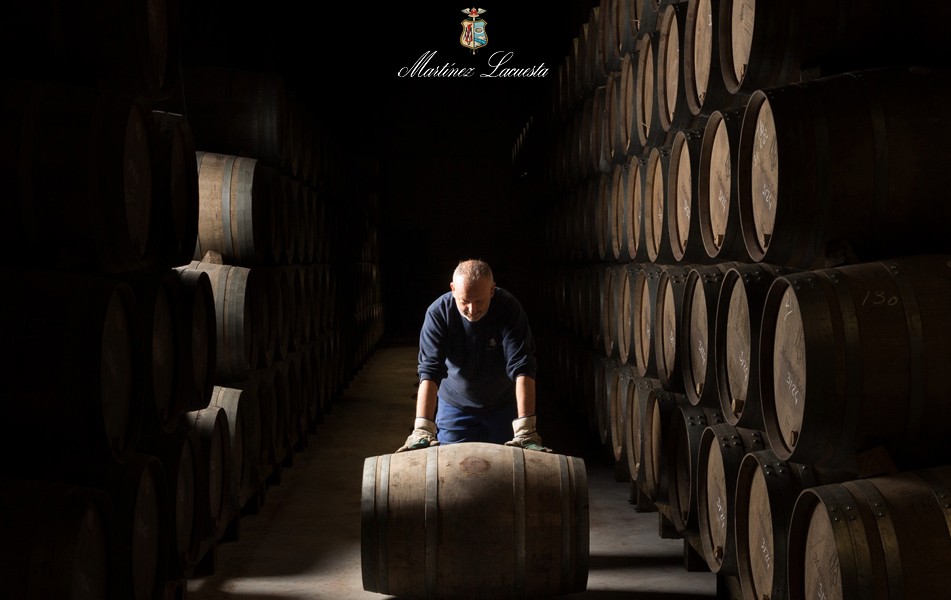What to drink at Amazónico London
Louis Thomas gets a taste of some of the more unusual wines at the Berkeley Square outpost of South American-themed restaurant Amazónico.
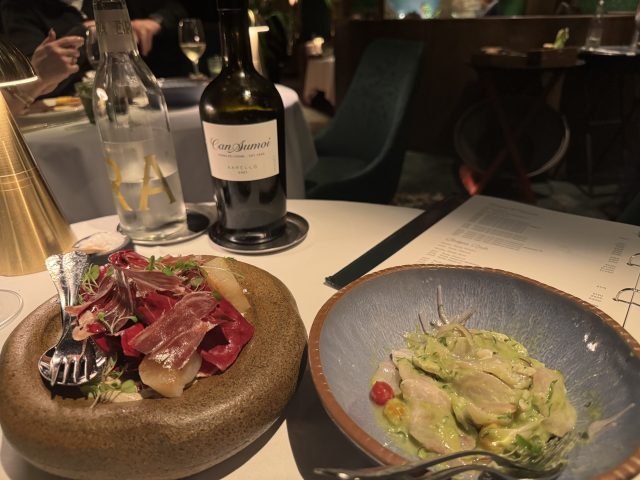
If the restaurant’s name passed you by, live Bossa Nova music, abundance of greenery and croquery sporting all manner of jungle-dwelling creatures, from tree frogs to leopards, would offer some indication of what Amazónico is all about. Imagine the Rainforest Cafe, but for people who drive Bentleys.
The food is inspired by the cuisines of Central and South America, with a touch of East Asia and Iberia for good measure, and the wine list, more than 1,000 entries strong, is similarly globe trotting.
“Because we are in Mayfair, the majority of our guests ask for Burgundy and Bordeaux,” explained Naples-born group head of wine Alfonso Cimmino, who also handles the lists for the Monte Carlo branch of Amazónico and Mayfair’s Gattopardo. “We like well-known producers, but we also like to give guests the opportunity to taste something different – if you look at our by-the-glass selection, we have wines like Greco di Tufo [from Feudi San Gregorio, £14 for a 125ml glass] and Furmint [by Szepsy, £19 per glass].”
The by-the-glass wine selection, at present, ranges in price from the aforementioned Greco di Tufo, up to £125 for a pour of 2008 Château Mouton-Rothschild.
However, it is wines from the Spanish-speaking world that are the real draw at Amazoníco, as Cimmino explained: “When we think of our list, we think of origin – Amazoníco was founded in Madrid, so there are a lot of Spanish and South American wines. We offer native, indigenous grapes Spanish you don’t normally find in restaurants.”
Given that sharing is the principle of Amazónico’s food menu, Cimmino takes an unusual approach for a sommelier: “One thing I don’t do here is pairing food.”
But, in spite of this, there are certain matches that just make sense, such as a glass of not-so-Spanish NV Ruinart Blanc de Blancs [£40] with Brazilian cassava cheese bread and guacamole, prepared table side, and fried plantain. The price point may seem steep for an opening palate cleanser, but if you are dining in Berkeley Square, you are probably doing quite well for yourself.
Moving on to the whites, Cimmino plumped for Penedès-based Can Sumoi’s 2023 Xarel·lo [£90 a bottle] and a Rías Baixas Albariño from Pazo Señorans [also £90 a bottle, or £15 per glass].
With regards to the Catalan Xarel·lo, a variety normally associated with sparkling Cava rather than still wines, he summed it up as having the “minerality of Sancerre but with a very fragrant character and, thanks to the old vines, high concentration”.
While my preference was for the steely, linear Albariño with a dish of stone bass aguachile, its salinity and straightforwardness balancing the acidity and spice of the ceviche-style cured fish well, my colleague was more taken with the more textured Xarel·lo, especially when it was tasted alongside the bitter, salty and black truffle-laced plate of grilled radicchio, kohlrabi, Ibérico ham and tofu cream.
“Everyone has different approaches to flavour and aroma,” Cimmino diplomatically opined.
Not any old Nebbiolo
Sticking with the Spanish theme, the first red he presented was Rodrigo Méndez’s O Raio da Vella 2018 [£18 per glass], a pick intended to buck consumer perceptions that Rías Baixas is just good for its Albariño.
Partner Content
Made from Caíño, a red variety which goes by many names, Cimmino suggested that it offers similar lightness to a far more famous grape: “When guests ask for Pinot Noir, I suggest this – very velvety, smooth, not too tannic, the colour also reminds me of Pinot Noir.”
Wearing its six years well, there is still plenty of red fruit to be getting on with, and it was a good fit for the picanton caipira, a baby chicken which had been bathed in a coriander marinade before then being grilled.
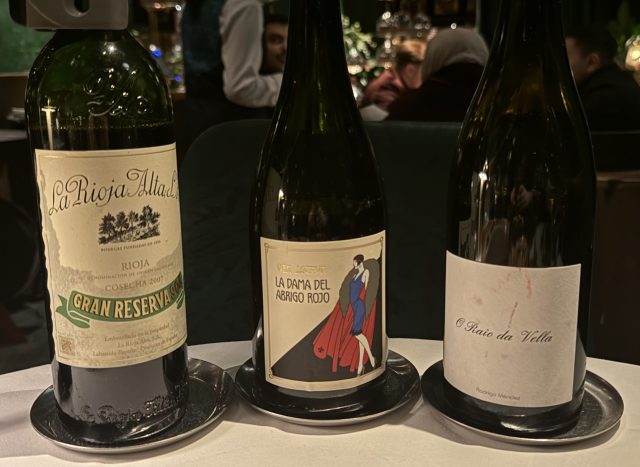
The next choice was one which may polarise, but was certainly fascinating, if perhaps not particularly commercially viable.
“Malbec is a lovely grape, but as it becomes fashionable, the quality goes down, so we are looking for something different from Argentina,” said Cimmino, presenting a bottle of Ver Sacrum La Dama Del Abrigo Rojo [£125 per bottle], a 2021 Mendozan single varietal expression of none other than the grape of Barolo and Barbaresco, Nebbiolo.
“There are just 100 hectares of Nebbiolo outside of Piemonte,” he shared.
Right off the bat, it is important, though arguably impossible, to not think of Piemonte when tasting this “experimental” wine. It does not have the same tannic grip, possibly a result of the hotter temperatures in Mendoza ripening the grapes more rapidly, and the acidity is more mellow – the touch of violets and light colour hint at what it is made from, but it is very much designed for more youthful drinking than its Italian equivalents. I cannot imagine the regular Amazónico dinner drinking it over other options on the list, but for those working in the trade, it will excite and confound in equal measure.
For those who want a surefire, stand out red, Cimmino’s slam dunk somm selection of the 2007 La Rioja Alta Gran Reserva 904 [£89 a glass, served through Coravin, £525 a bottle] is a classic faultlessly delivered. Silky and as rich as the Amazónico patrons, it makes me want to crudely paraphrase Saul Goodman: “Only the very best, with just the right amount of tertiary.”
In a dinner which pivoted from the traditional to the unconventional and then back again, Cimmino chose to cap things off with a sparkling sake – echoing my experience at Turin’s Ristorante Opera.
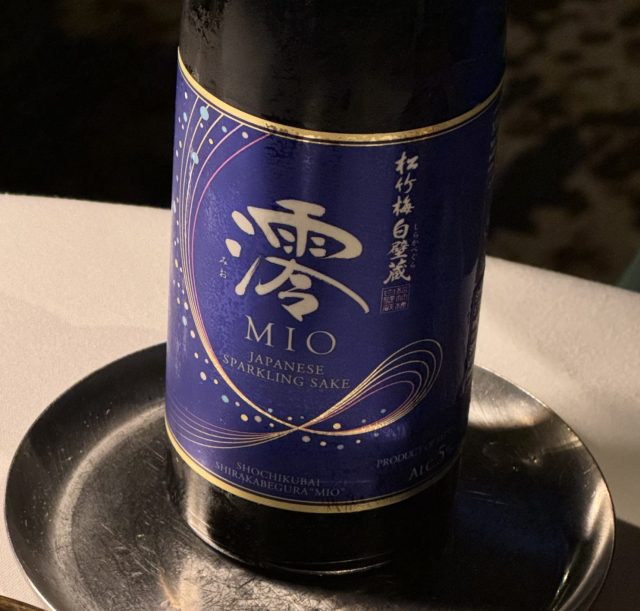
This particular expression, Shirakabegura Mio Sparkling from Takara Brewery in the prefecture of Hyogo [£35 per bottle], prompted Cimmino to draw parallels with Moscato d’Asti: “At 5%, it has very low alcohol – it’s like the first alcoholic beverage your parents give you!”
Possessing an acetaldehyde, doughy nose reminiscent of a Fino Sherry, but more refreshing on the palate (and with far less residual sugar than Moscato d’Asti), it was an abrupt but necessary change from the increasingly hefty reds. I also felt that it was a nicer accompaniment to the dessert of piña rostizada (caramel-glazed pineapple) than the more textbook pairing of Sauternes, which was also provided, though proved less interesting.
Amazónico’s clientele is, as Cimmino said, likely more inclined to France than South American wine or Japanese sake, and the list reflects this, but there are jewels to be found beyond the well-thumbed pages. Given that the Amazon rainforest informs the decor and parts of the menu, perhaps a section devoted to the growing category of Brazilian wine might be in order – I fully trust Cimmino to machete his way through the proverbial thicket and find some more surprises to add.
Related news
The Drinks Business year in review: 2025

